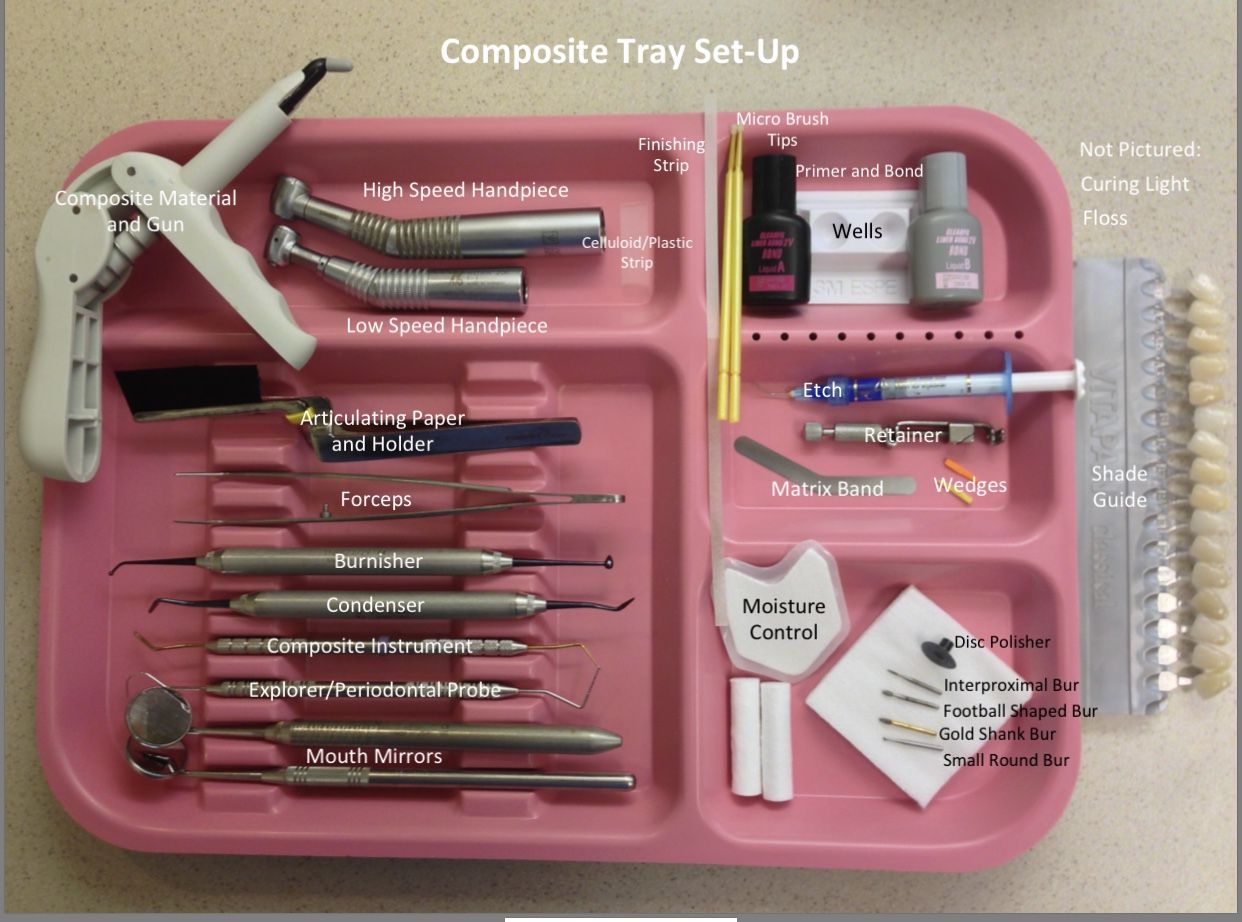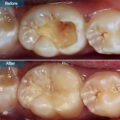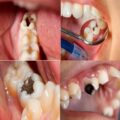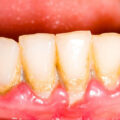According to Wikipedia, dental composite resins are types of synthetic resins that are used in dentistry as restorative material or adhesives. Dental composite resins have certain properties that will benefit patients according to the patient’s cavity. It has a micro-mechanical retention property that makes composite more effective for filling small cavities where amalgam fillings are not as effective and could therefore fall out (due to the macro-mechanical retention property of amalgam). Synthetic resins evolved as restorative materials since they were insoluble, of good tooth-like appearance, insensitive to dehydration, easy to manipulate and reasonably inexpensive.
Composite resins are most commonly composed of Bis-GMA and other dimethacrylate monomers (TEGMA, UDMA, HDDMA), a filler material such as silica and in most current applications, a photoinitiator. Dimethylglyoxime is also commonly added to achieve certain physical properties such as flow-ability. Further tailoring of physical properties is achieved by formulating unique concentrations of each constituent.
Composite Fillings
Cavities and small fractures can cause much larger issues if left untreated. In the past, metal restorations called amalgam fillings (or silver fillings) served a need but left many teeth discolored and strained from the wedging effect of the metal. Today, tooth-colored composite resins blend into the tooth structure and are chemically bonded to the tooth providing a strong, permanent restoration.
Composites serve both functional and aesthetic roles, often at the same time. For example, a cavity invading the front of a tooth along the gum line may be visible in your smile line. By gently cleaning out the soft, discolored area and replacing it with a tooth-colored filling, the tooth is restored and looks better than ever.
Composites contain a mix of liquid resin embedded with finely ground glass particles. After being molded to the prepared tooth structure, a blue light applied directly to the composite hardens the filling material within seconds. Once it’s shaped and polished to a high shine, the restoration is complete.
Mouth Mirror Functions
Functions:
- To provide indirect vision
- To retract lips, cheeks, and tongue
- To reflect light into mouth
- Commonly used sizes: no. 4 and no. 5 Single ended
Cotton Pliers: To grasp or transfer items and/or material into and out of the oral cavity, and to retrieve objects from drawers and cabinets.
Explorer: Used to examine for decay, locate calculus deposits, tooth surface irregularities, defective margins on restorations, and carious lesions. Slender wire like metal tip that is circular in cross section.
Spoon excavator: Used to remove carious dentin, to remove excess lining material, temporary crowns, temporary cement in temporary restoration.
Black Spoons Function: Dig, spoons, & scrapes decay out of cavities or to dig out cement from old crowns. Also for removal of soft dentin, debris, and decay from the tooth.
Teflon coated composite Filling Instrument: To carry composite material to the cavity preparation. To place, condense, and carve composite material in cavity preparation.
Crown and Bridge Scissors:
To trim
- aluminum crowns
- retraction cords
- matrix bands
- dental dam septum
Howe Pliers: Carrying cotton products to and from the oral cavity, for removing the matrix band, and for placing and removing the wedge.
Lab Spatula: Mixes materials including powder and a liquid in a flexible bowl, to mix and shape lab plaster, stone, and die for stone models. To mix liners, bases, and cements.
Dycal (Liner) Applicator: To place dental liner (Such as glass ionomer) material in cavity preparation.
Anesthetic Syringe: To administer a local Anesthetic
Composite Tray Set Up In Order (15)
- Mouth Mirror
- Explorer
- Cotton Pliers
- Cotton Pliers
- Spoon Excavator
- Black Spoon
- Teflon Coated Composite Filling Instrument
- Howe Pliers
- Crown and Bridge Scissors
- Lab Spatula
- Articulating Paper Holder
- Dycal Instrument
- Anesthetic Syringe
- Air and Water Syringe
- Air and Water syringe
For More Information Watch This Video





